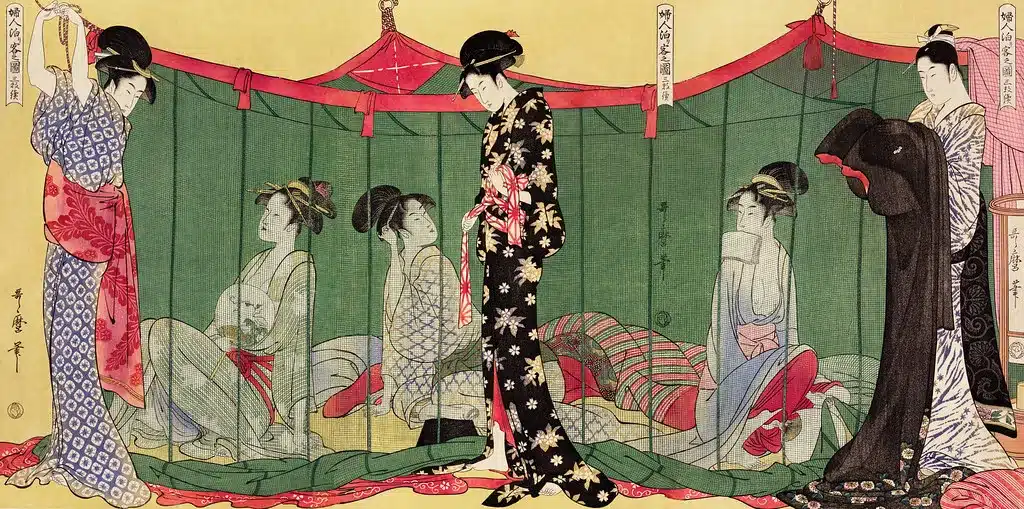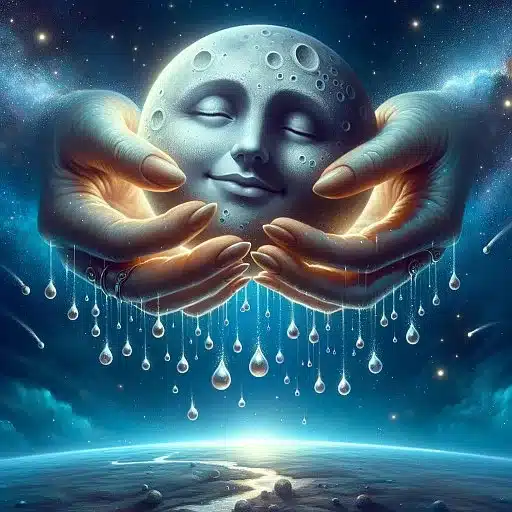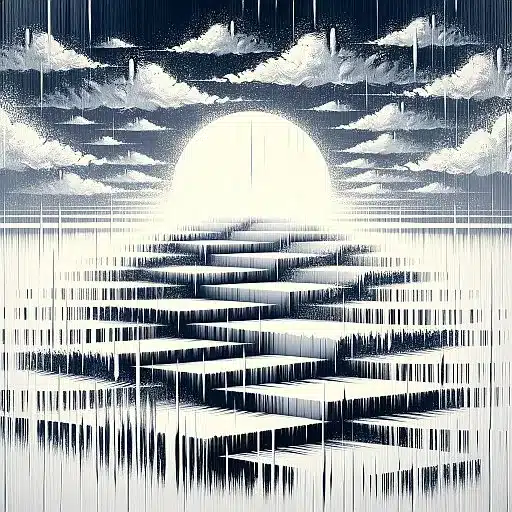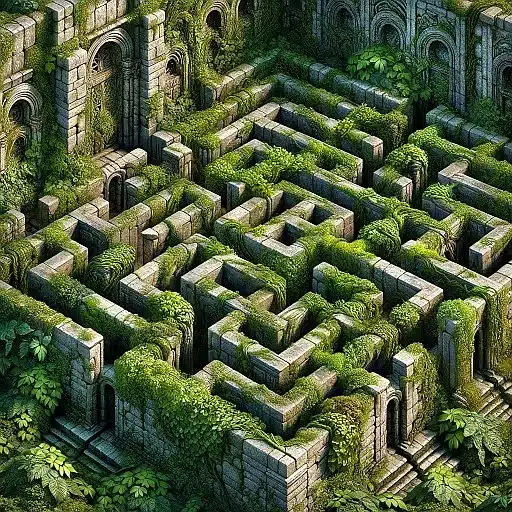Haiku (original language “俳句”) is a typically Japanese poetic form firmly based on that idiom and its syntactic-grammatical structure. From a formal point of view, a haiku is a poem consisting of three lines of 5, 7, and 5 more, respectively. Commonly, we prefer to speak of syllables, but in its original strict form, the minimum unit is the mora.
Not wanting to discuss phonology, we can say that the mora is a sub-syllabic unit closely related to the sound produced by the juxtaposition of letters. For example, the word “American” breaks down into 4 syllables, the phonological effect of which is different: “ri” and “can,” for example, produce a weak sound result in the first case and a strong one in the second (due to the effect of the accent on “e”).
The amount of morae that make up a syllable depends strongly on the language (Japanese). Still, without making serious mistakes, we can decide as it is the practice to speak of haiku in terms of syllables and not more morae. The second assumption makes composition much more difficult, if not impossible, in semantically and phonologically unsuitable languages.

How to handle the brevity of haiku
The concise structure of haiku makes them semantically unsuitable for expressing elaborate concepts. It is tough to be able to “explain” atmospheres, emotions, or feelings through complex rhetorical figures. For this reason, it is necessary to think of the haiku as a sequence of three images that, in turn, will have to arouse specific emotions or feelings in the reader.
Then again, this is also the purpose of Western short poetry: just as in the case of absolute music (i.e., without any form of text), the verses are meant to render themselves primarily. It will be the reader’s task to internalize their peculiar aspects to obtain an emotional reaction based on their reality and history.
In this article, I will offer haiku written by me, explaining the sequence of figurative elements and finalizing it with a summary image that can fully denote the meaning of the haiku (of course, this is not the ultimate purpose, so the images may not have the desired effect).
The article is intended purely for educational purposes, so I kindly ask you not to overestimate the artistic value of short poems but rather to understand their creative dynamics. Moreover, please consider that this post was originally written in Italian, and I’m unfamiliar with the English syllabic system. Therefore, some haiku might be incorrectly subdivided.
First haiku: Mother’s Day
Writing before May 8, it seems fitting to begin with a haiku that invokes maternal imagery. For this purpose, reflecting a bit and letting my thoughts flow freely, I arrived at this figurative structure:
- The act of cradling a child
- A tree to which a swing is firmly attached
- The sweetness of a shelter on a rainy day.
The first case is quite apparent. The second one made me think of the solidity of a trunk that holds up to the stresses of play and simultaneously allows one to rejoice in the act. The third image is perhaps also self-explanatory: the mother, as the absolute certainty that takes in all pleasure and suffering, offers shelter for her understanding.
The haiku I wrote is this:
Moon Hands
A smile swings
Distant drops
The associated image is this:

Second haiku: existential boredom
Not all haiku deal with suave or pleasant themes. Some express oppressive feelings, such as existential boredom and its unfolding in seemingly meaningless days. In this regard, free association of thoughts suggested this structure to me:
- The observation was a crack in the wall to which I had never paid much attention.
- Time stretching out along slow steps
- The idea that tomorrow will be the same as today
The haiku is this:
Scratched white
Steps like gasps
Now is tomorrow
Again, I produced an associative image:

Third haiku: love toward one’s partner
Excuse me, all women, but being a man, it is natural for me to think of a haiku addressed to a woman. However, the logical and creative process is the same. Closing my eyes and imagining a short figurative sequence comes to mind:
- The solving of a riddle (the meaning can be understood by thinking of that help that comes from those who are ready in times of greatest need)
- The warmth emanating from a partner’s body
- A small plant growing next to a tree (magnifying the image of the beloved is a prerogative of true love: the small plant is potentially a redwood, but it observes the tree as its irreplaceable reference)
The haiku that came to mind is:
A labyrinth
Your mute breath
Leaves tied to you
The image I like best is this one:

Conclusions
For now, I prefer to stop here, partly because I prefer more argumentative poetry. However, haiku, as a form of short poetry, offers fascinating insights, and arriving at them is pretty intuitive, as it is based on the free association of ideas.
I invite you to write your haiku and send feedback via the form on the page at the bottom right. I am curious to read your creations and will publish the most intriguing ones in a dedicated article!
I also remind you to visit my poetry section, where you will also find a variety of short poems!
If you like this post, you can always donate to support my activity! One coffee is enough! And don’t forget to subscribe to my weekly newsletter!

